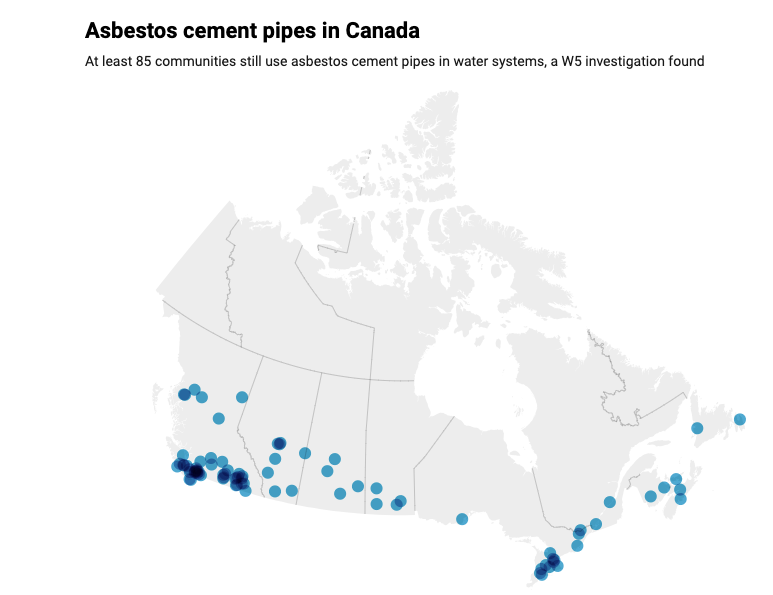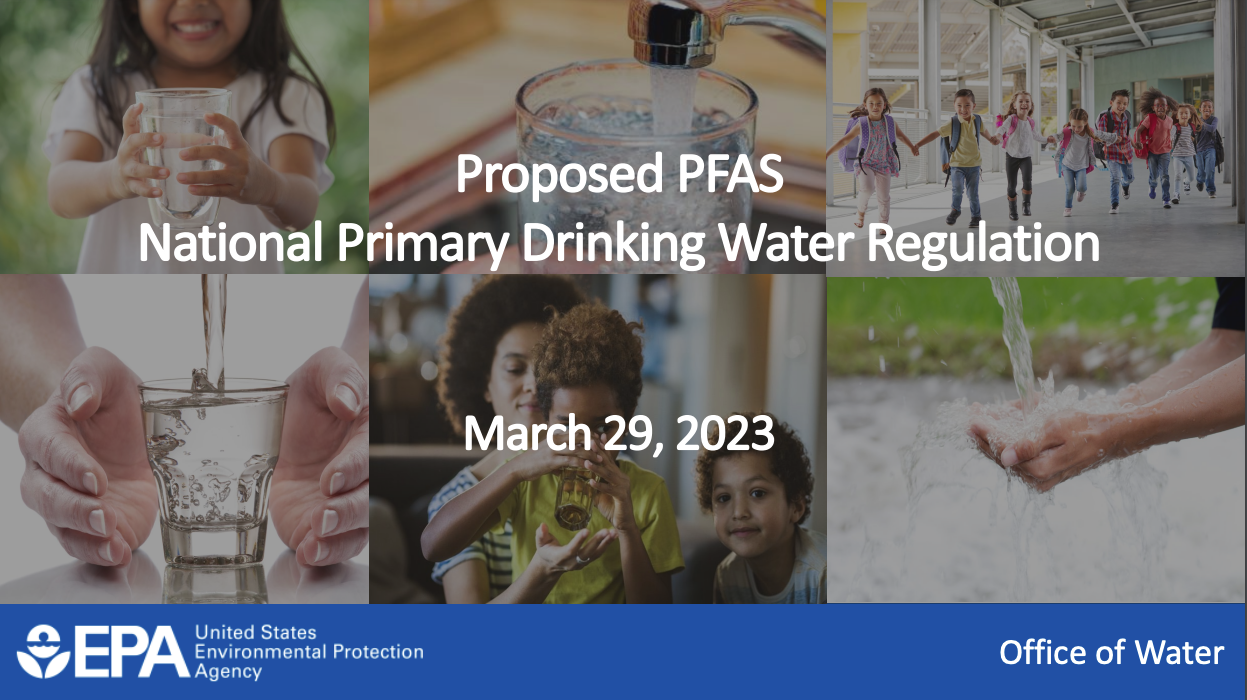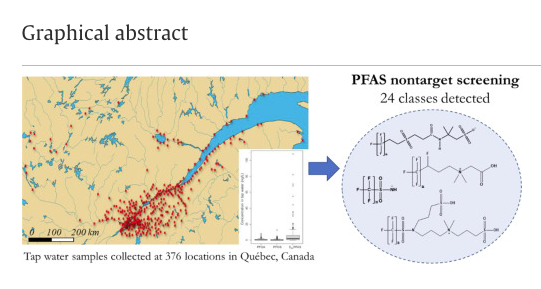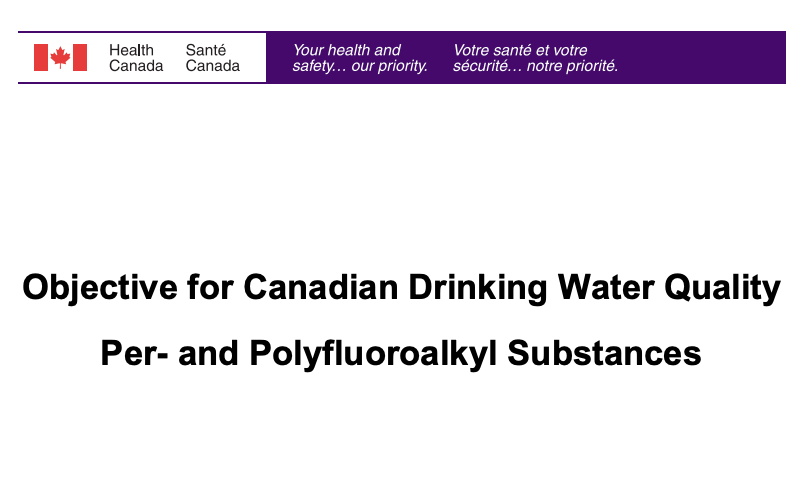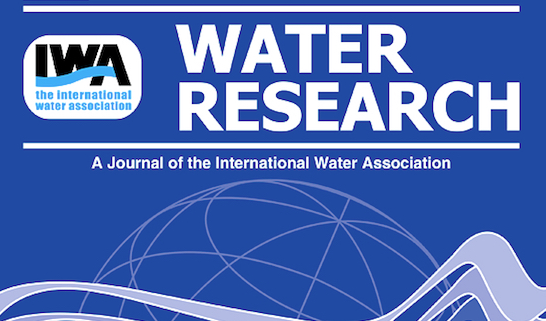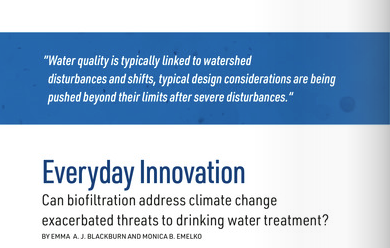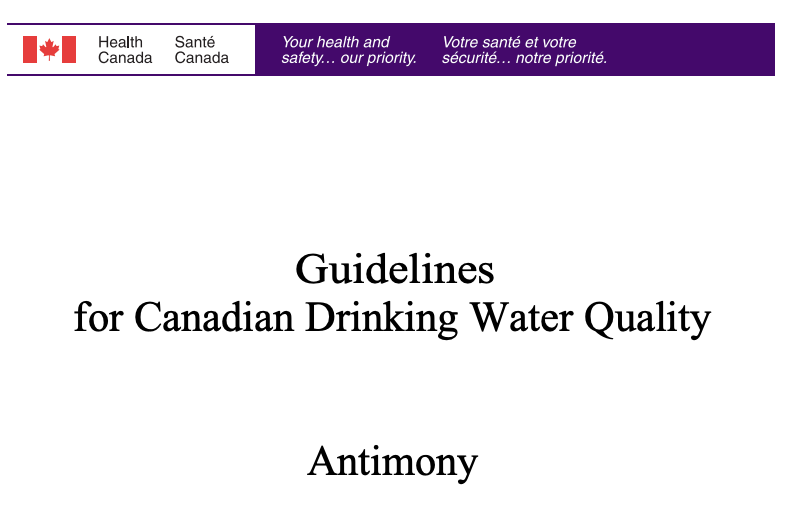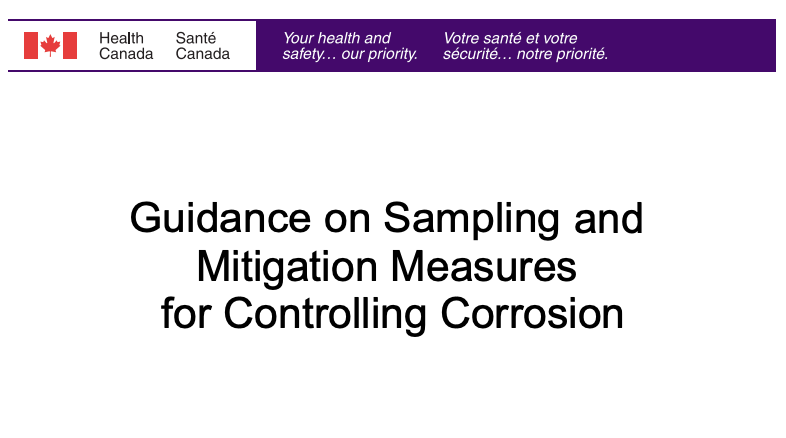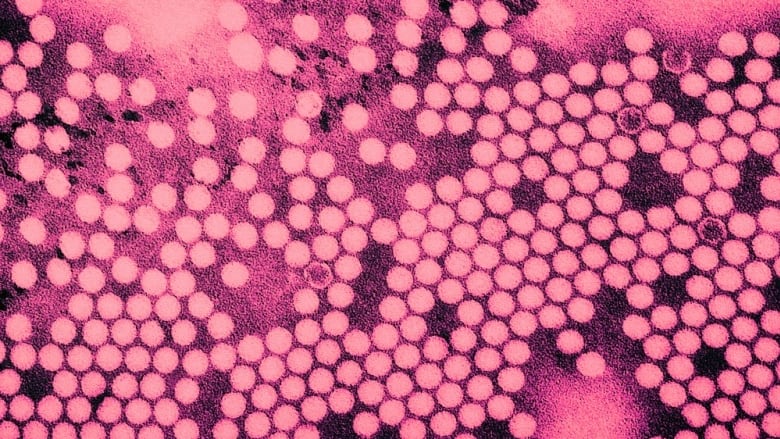Hidden danger: Is there asbestos in your drinking water, and how could it get there?
The USEPA National Primary Drinking Water Regulations currently regulate asbestos with an established a maximum contaminant level (MCL) for asbestos in drinking water of 7 MFL (million fibers per liter > 10 µm in length).

